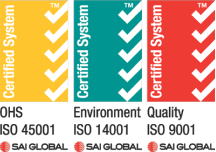Rotorua is a geothermal wonderland of steaming lakes, hot springs, colourful sulphur formations, and bubbling mud located smack bang in the middle of the Taupo Volcanic Zone of New Zealand’s North Island.
Needless to say for Rotorua Lakes Council maintaining pedestrian boardwalks and bridges in a volatile landscape like this has historically been challenging; requiring constant maintenance and replacement programs to maintain safe standards of access for the thousands of tourists, both domestic and international, who visit the area each year.
Wagners Composite Fibre Technologies (CFT) Australia, New Zealand National Sales Manager, Mark Baker said Council not only needed a material solution which could withstand the heat and acidity of the geothermal landscape, but one that didn’t require foundations and was modular in design.
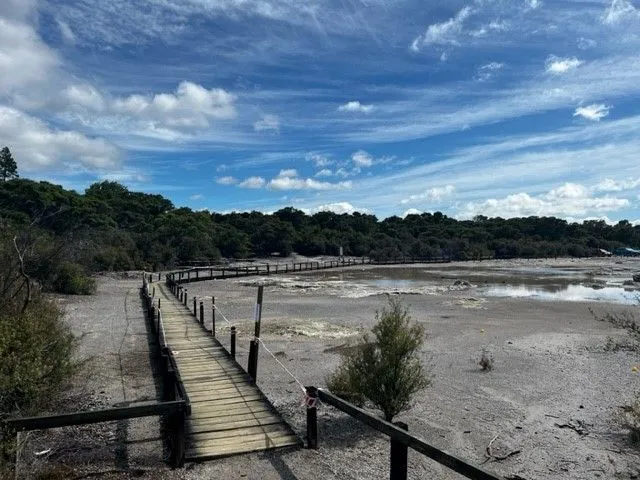
Pictured – The old timber boardwalk required regular maintenance costing Council thousands annually.
“The Rotorua region is world renowned for its amazing scenery and geothermal activity,” Mark Baker said.
“While breathtakingly beautiful to look at, gases emitted from geothermal activity meant that traditional materials like timber and steel would be highly prone to rot and corrosion,” Mr Baker said.
“And the ground itself was very unstable with the geothermal springs constantly changing location,” he said.
“Current timber boardwalks at Sulphur Point on Lake Rotorua required significant annual maintenance to keep them open and operationally safe; and while this area contributed significantly to tourism dollars realised by the local community, ensuring its ongoing viability was paramount.”
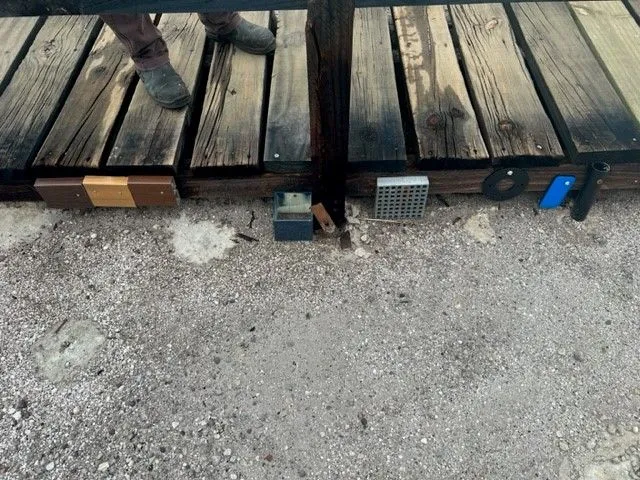
Pictured – A sample of products being trialled on site for their durability.
Replacing the original timber boardwalk was given a lot of thought and consideration by Rotorua Lakes Council.
“The Sulphur Point project has been years in the making starting back in 2020 with the provision of sample material which was installed on site to demonstrate how the heat and chemicals of the geothermal environment would impact the Fibre Reinforced Polymer (FRP) profiles,” Mark Baker said.
“Over several years, the performance of these profiles was monitored by Council and while Wagners’ FRP still looked new, other materials, also being considered for the project, were severely rotted or corroded requiring total replacement after just a few years,” Mr Baker said.
“So once it was demonstrated that the inert nature of FRP was compatible and didn’t react chemically to heat, steam, moisture, chemicals, and ph levels being served up by this geothermal environment ; Wagners were then engaged to provide full design of a 90 metre boardwalk with no foundations, modular or kitset by design and could be disassembled and reassembled when ground conditions required it,” he said.
Key challenges for Wagners included designing a substructure with no driven or piled foundations that was strong and capable of spanning wide sections to accommodate quickly and dramatically changing ground conditions.
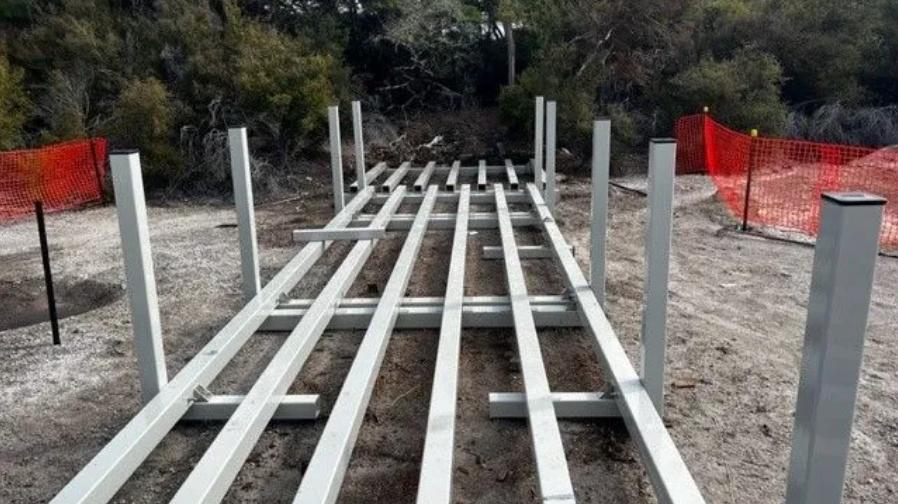
Pictured – FRP bearers were positioned at ground level with joists fixed atop and handrails spliced into the floating structure.
“FRP was used throughout the substructure, handrails and decking and delivered to site as kitset for fast installation,” Mark Baker said.
“Because the design team went for a floating foundation the structure could independently move as ground forces heaved and fell,” Mr Baker said
“And because each profile in its own right owing to the nature of FRP had a level of flexibility the structure would naturally contour to the changing shape of the landscape,” he said.
By choosing FRP as the material of choice for the Sulphur Point boardwalk and bridges project Rotorua Lakes Council is set to significantly reduce costs associated with ongoing repair and maintenance of the old timber structure.
“Council will begin reaping the benefits of choosing FRP immediately and will notice a significant reduction in ongoing maintenance costs in their annual operating budget,” Mark Baker said.
“Furthermore they have significantly shifted the needle on the structure’s lifespan given that FRP has a design life of 100-years; which in turn will positively impact their capital expenses budgets moving forward,” Mr Baker said.
“In addition to those two benefits, Council has also achieved a structure that is flexible and that can be disassembled and reassembled should the landscape drastically change as is typical of these geothermal flats,” he said.
“And finally, for Council’s installers, safety issues around prolonged installation periods especially during high concentrations of sulphate were reduced owing to the modular design of the project, its lightweight nature and speed at which installation could occur.”
“And the cherry on top….well its just a really nice looking structure, so they’ve ticked the box from the aesthetics point of view too. It looks great and will for years to come so they can continue to showcase this amazing part of the world to visitors from around the world.”
Stage One of the project, being the 90 metres boardwalk and viewing platform was completed in August 2023. Stage Two will include six bridges from 3 to 10.5 metre spans which are hoped to be completed in 2024.
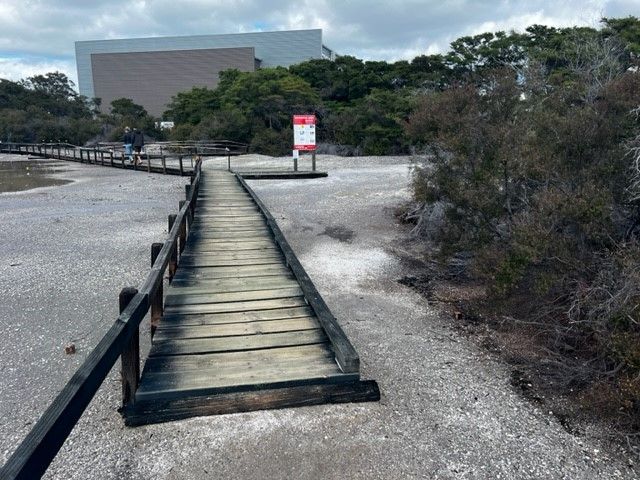
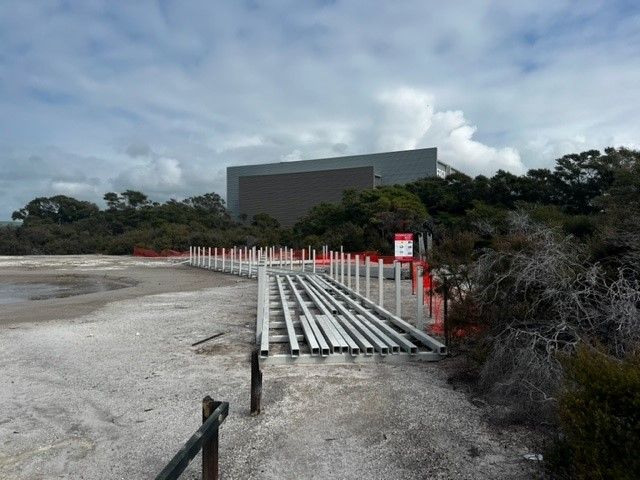
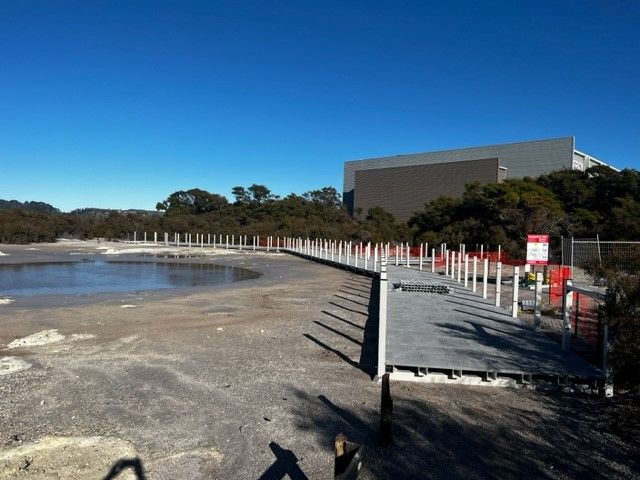
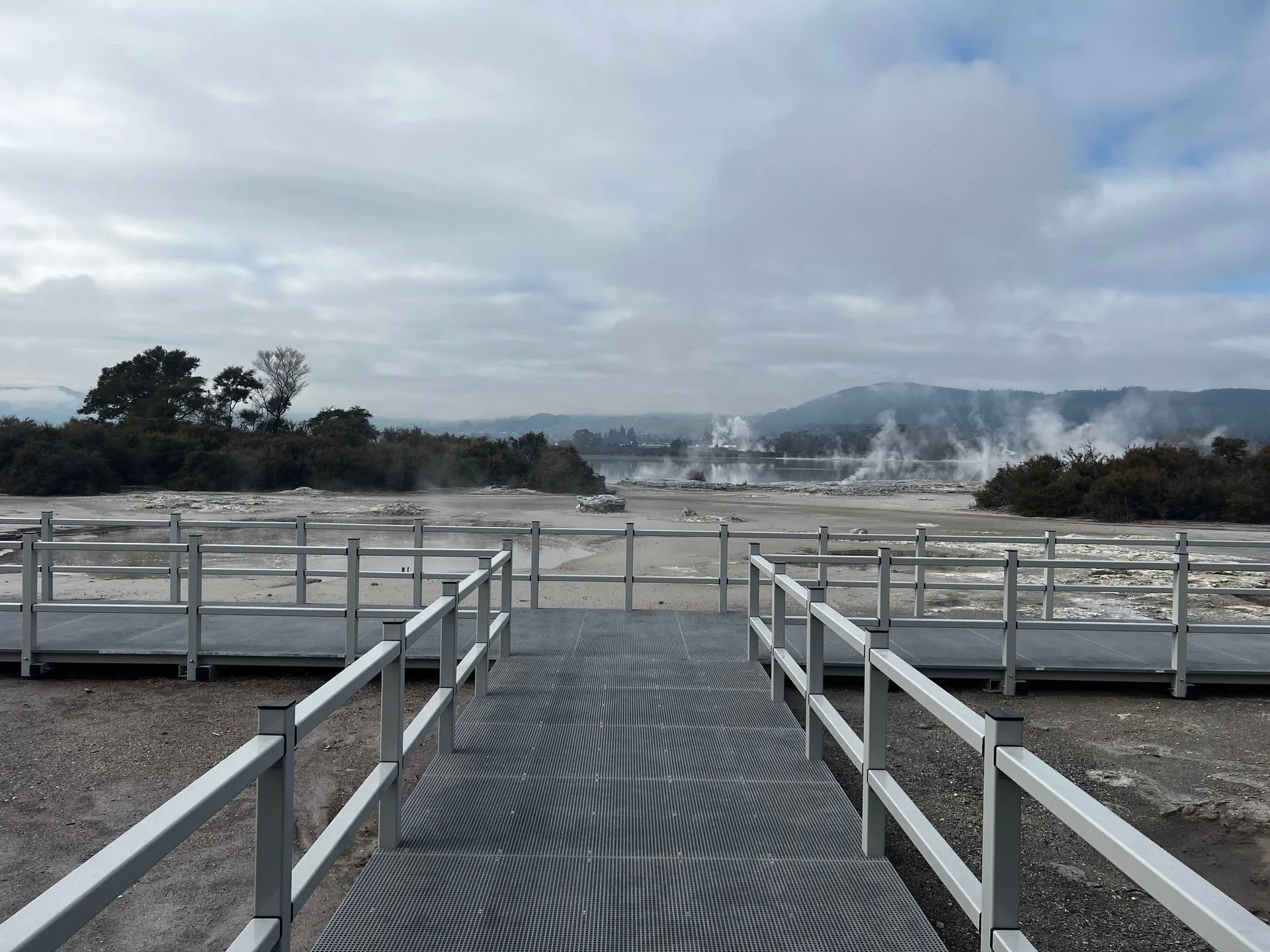
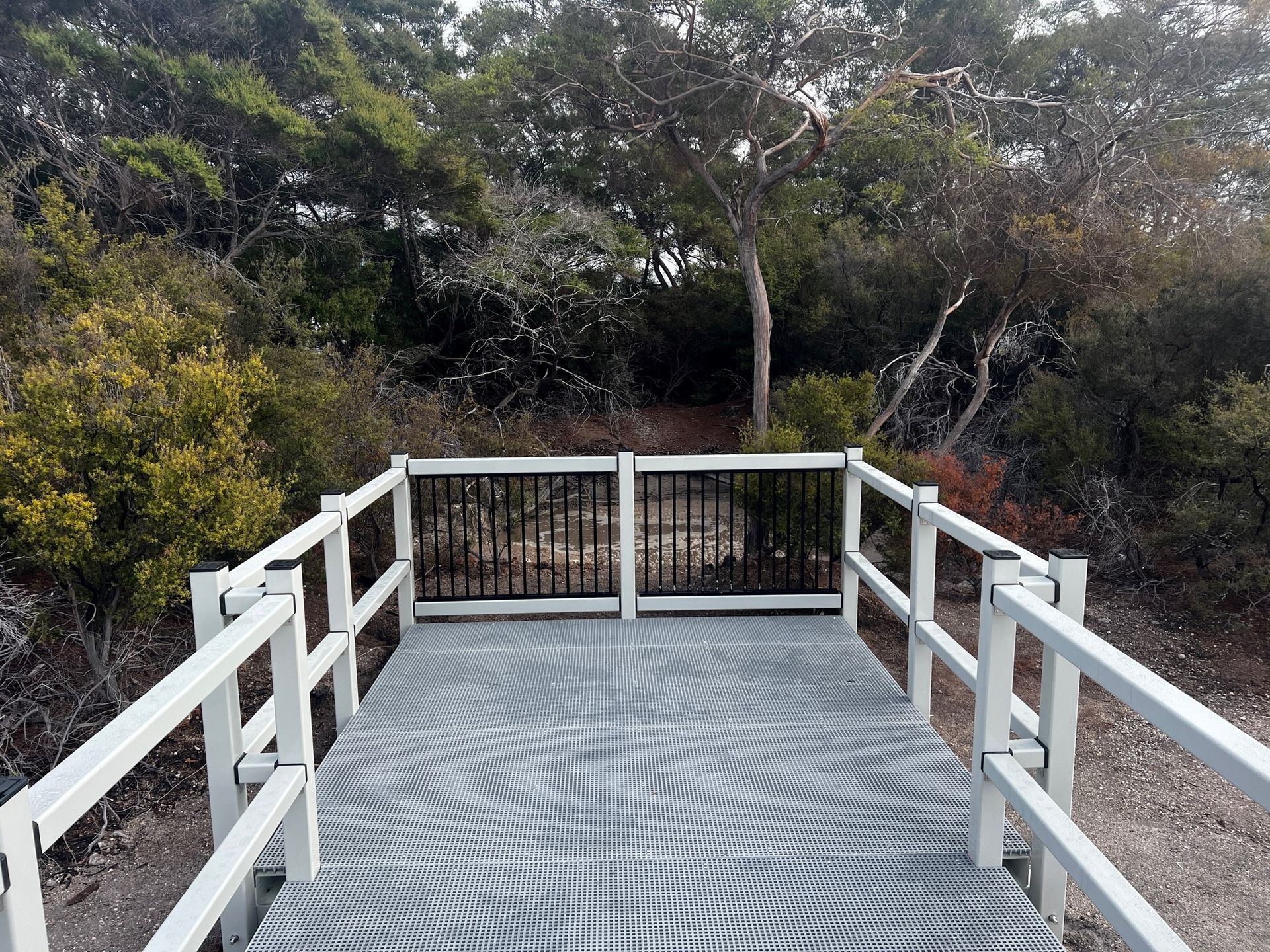
For more details on pedestrian infrastructure like boardwalks and bridges and to discover the performance advantages of FRP visit Wagners | Composite Fibre Technologies | Pedestrian Infrastructure (wagnerscft.com.au)
